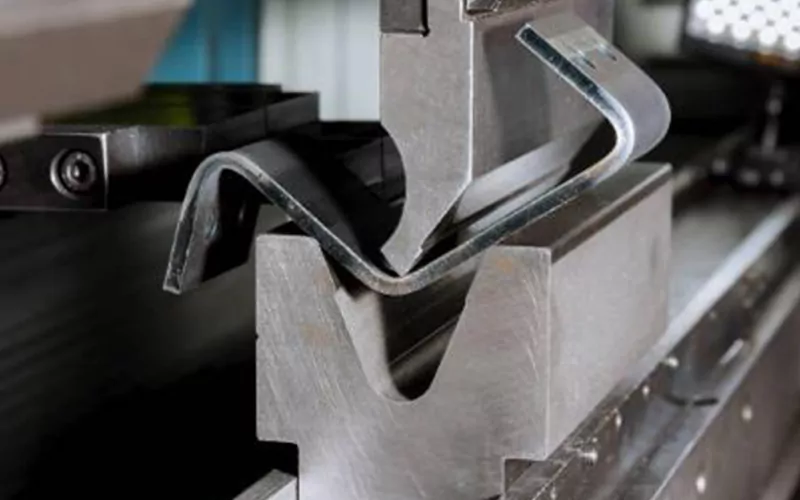Sheet metal processing is a crucial aspect of various industries, including automotive, aerospace, and construction. Custom cut sheet metal plays a significant role in creating precise and tailored components for specific applications. In this article, we will explore the different techniques involved in custom cut sheet metal processing, highlighting their importance and applications.
The Importance of Custom Cut Sheet Metal Processing
Custom cut sheet metal processing involves the fabrication of metal sheets into desired shapes and sizes. This technique allows manufacturers to create components that perfectly fit their intended applications, ensuring optimal performance and efficiency. Whether it's a complex automotive part or a simple bracket, custom cut sheet metal processing enables the production of high-quality, tailored solutions.
Techniques for Custom Cut Sheet Metal Processing
Laser Cutting
Laser cutting is a widely used technique in custom cut sheet metal processing. It involves the use of a high-powered laser beam to precisely cut through the metal sheet. The laser beam melts or vaporizes the material, creating a clean and accurate cut. Laser cutting offers several advantages, including high precision, speed, and versatility. It can be used on various metals, such as steel, aluminum, and stainless steel, making it suitable for a wide range of applications.
For example, in the automotive industry, laser cutting is used to create intricate designs on car body panels. It allows manufacturers to achieve precise cuts and patterns, enhancing the aesthetic appeal of the vehicle.
Waterjet Cutting
Waterjet cutting is another technique commonly used in custom cut sheet metal processing. It utilizes a high-pressure jet of water mixed with abrasive particles to cut through the metal sheet. Waterjet cutting is known for its versatility, as it can handle a wide range of materials, including metals, plastics, and composites. It offers excellent precision and can produce intricate shapes with smooth edges.
One application of waterjet cutting in custom cut sheet metal processing is in the aerospace industry. It is used to create complex components for aircraft, such as turbine blades and engine parts. The high precision and smooth cutting provided by waterjet cutting ensure the integrity and performance of these critical aerospace components.
Plasma Cutting
Plasma cutting is a thermal cutting process that uses a plasma torch to cut through metal sheets. The plasma torch generates a high-velocity jet of ionized gas, which melts and blows away the metal, creating a clean cut. Plasma cutting is known for its speed and cost-effectiveness, making it a popular choice for large-scale production.
One example of plasma cutting in custom cut sheet metal processing is in the construction industry. It is used to fabricate structural components, such as beams and columns, for buildings and bridges. The speed and efficiency of plasma cutting allow for quick and accurate production of these essential construction elements.
Shearing
Shearing is a traditional technique used in custom cut sheet metal processing. It involves the use of a sharp blade to cut through the metal sheet along a straight line. Shearing is suitable for cutting large volumes of sheet metal quickly and efficiently. However, it may not provide the same level of precision as other techniques.
Shearing is commonly used in the manufacturing of HVAC (Heating, Ventilation, and Air Conditioning) systems. It allows for the production of ductwork and other components that require straight cuts and fast production times.
Conclusion
Custom cut sheet metal processing is a vital aspect of many industries, enabling the production of tailored components for specific applications. Techniques such as laser cutting, waterjet cutting, plasma cutting, and shearing offer different advantages and applications. By understanding these techniques, manufacturers can choose the most suitable method for their custom cut sheet metal processing needs, ensuring high-quality and precise results.
